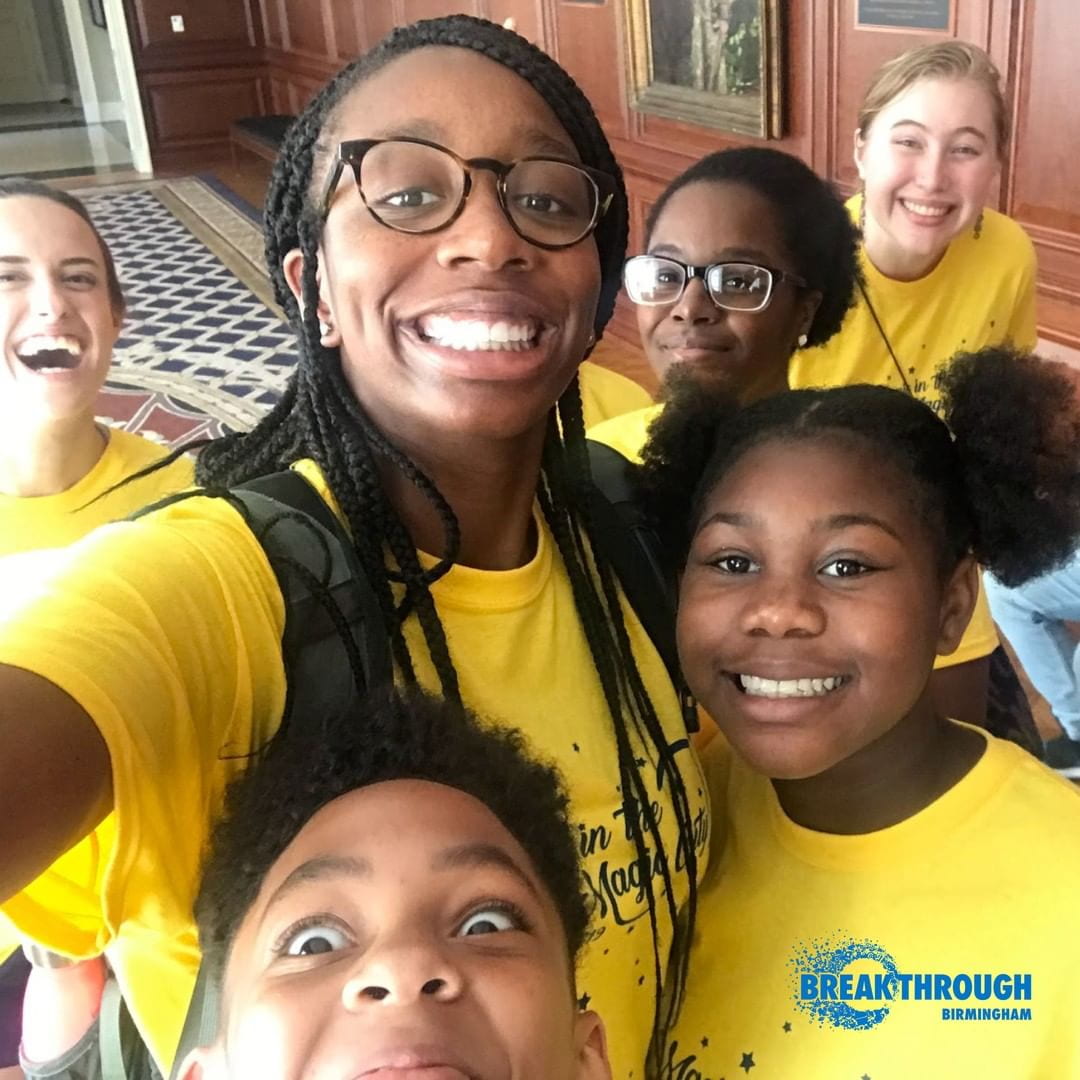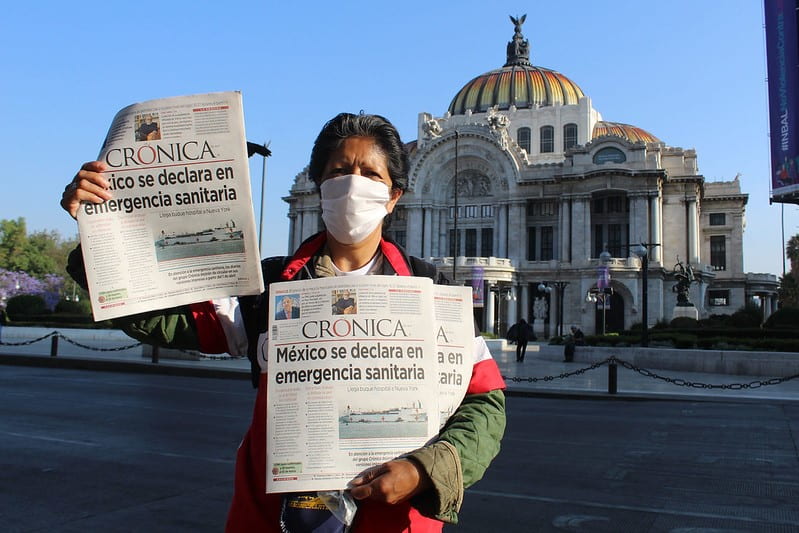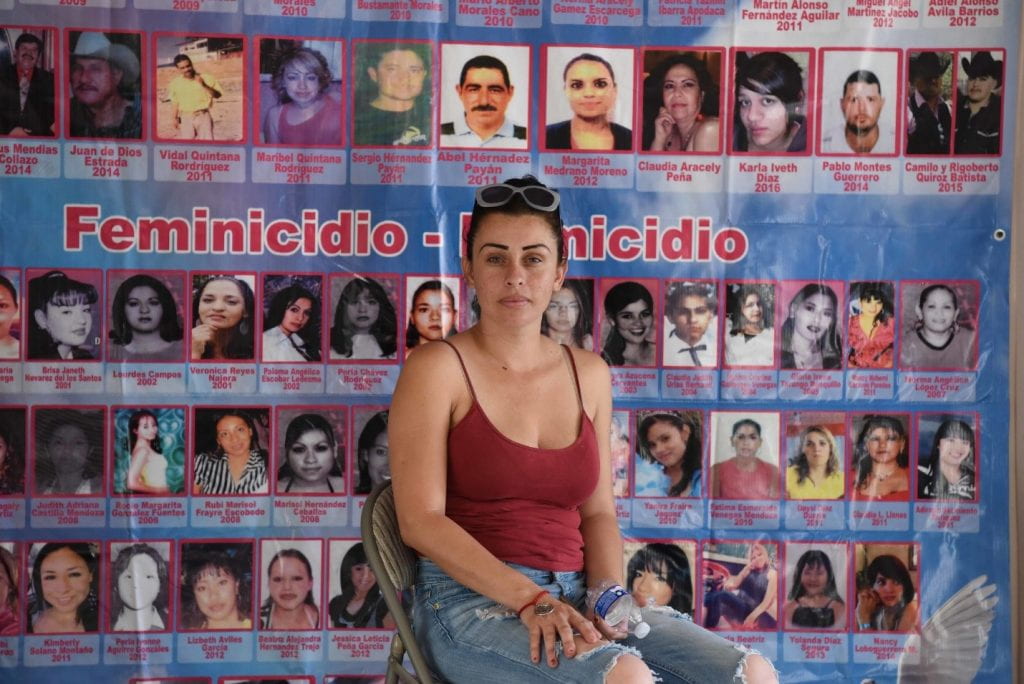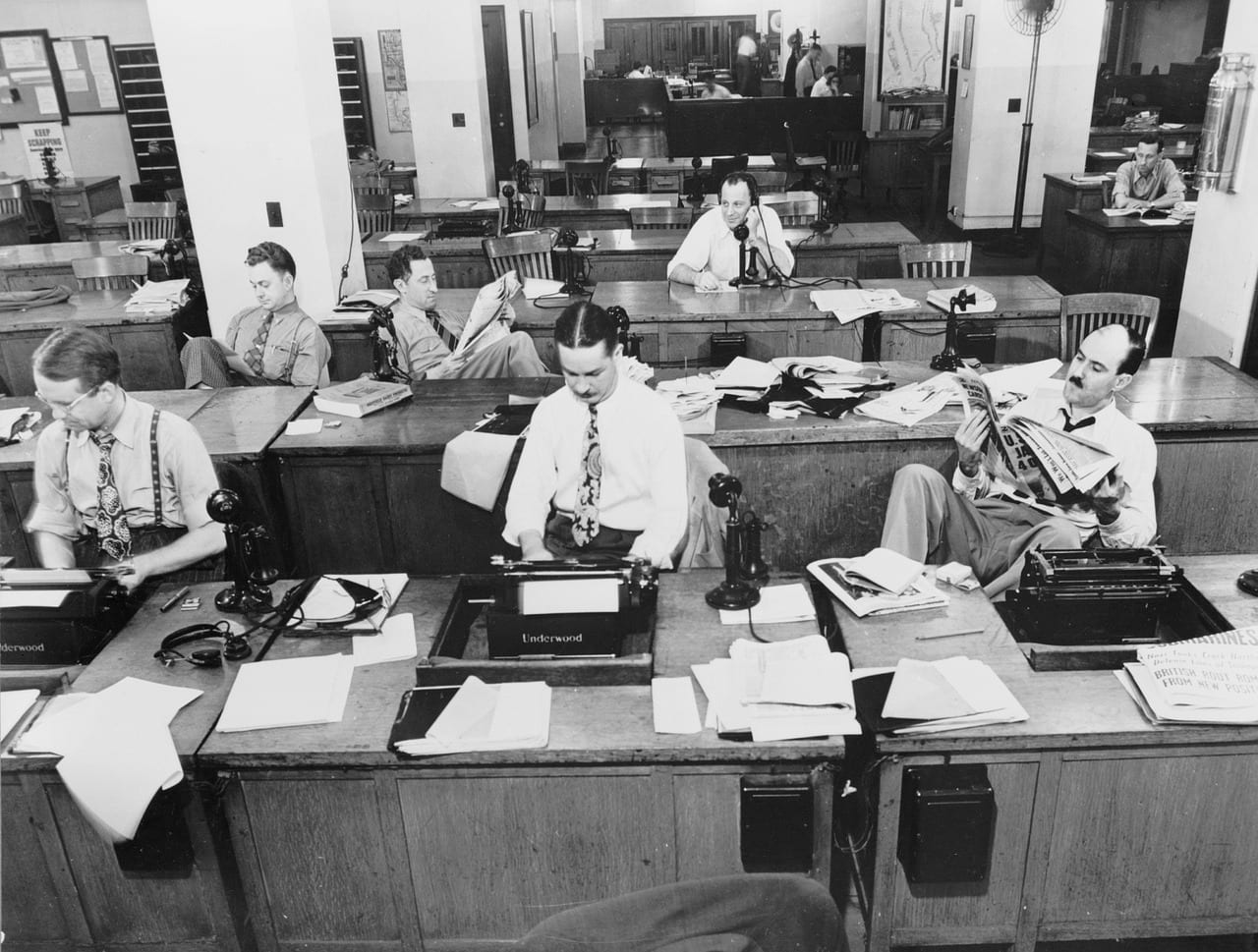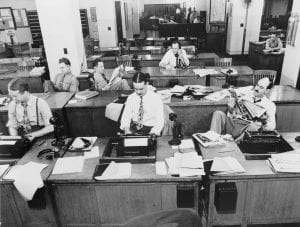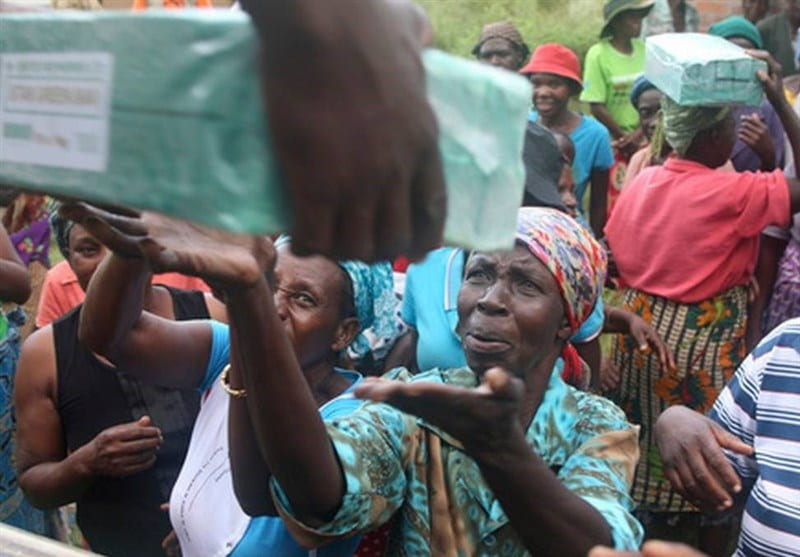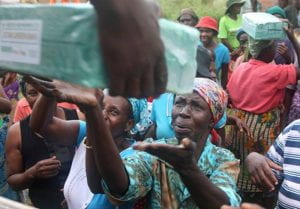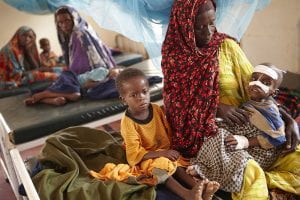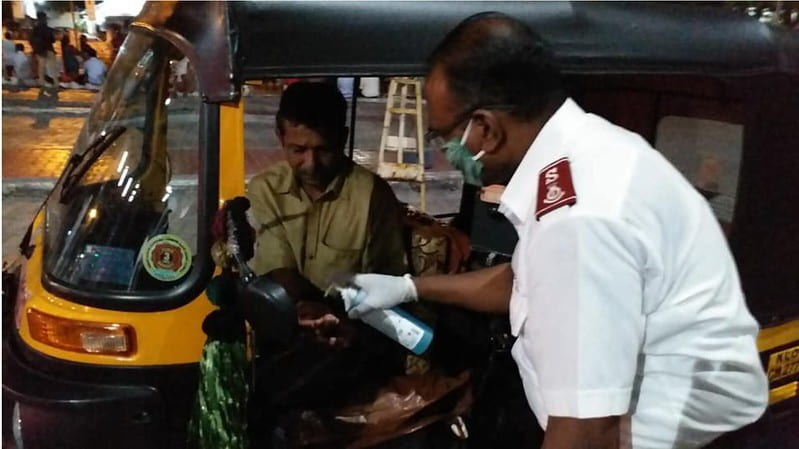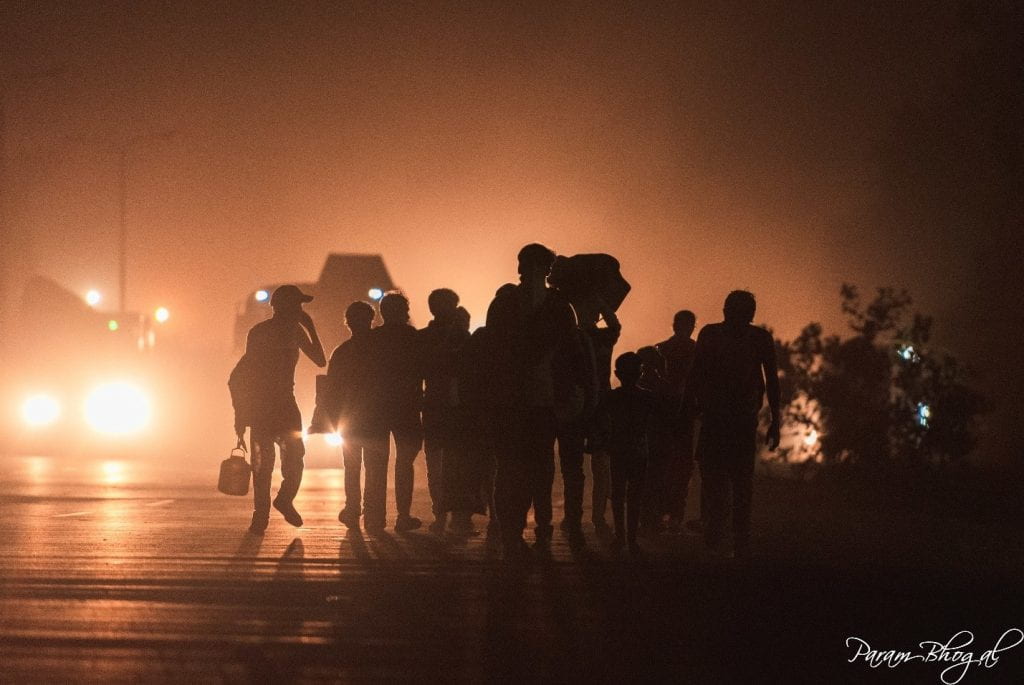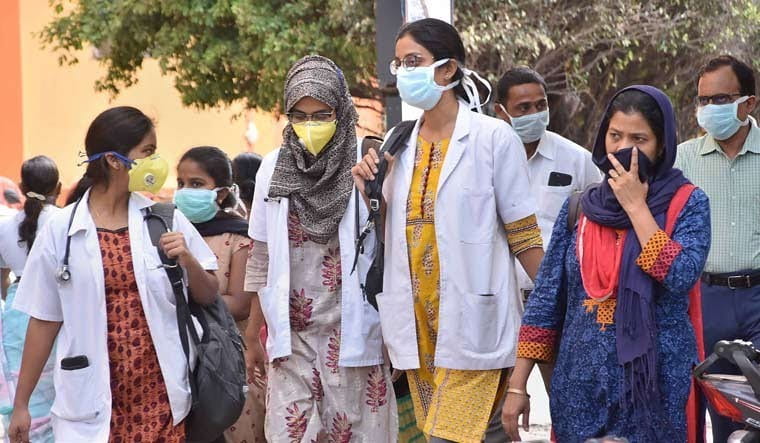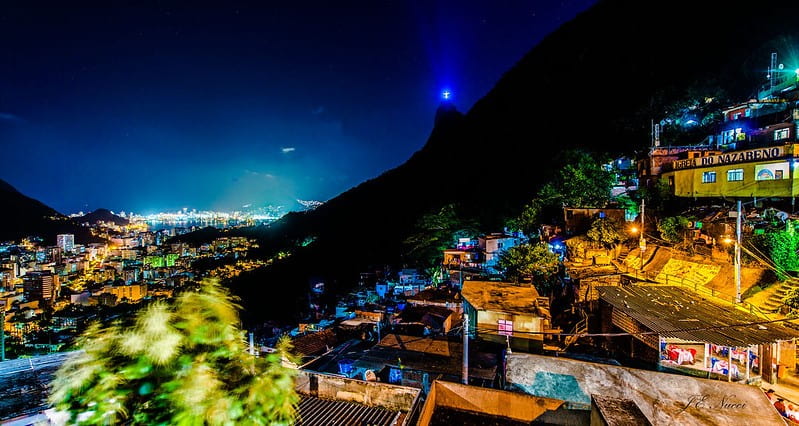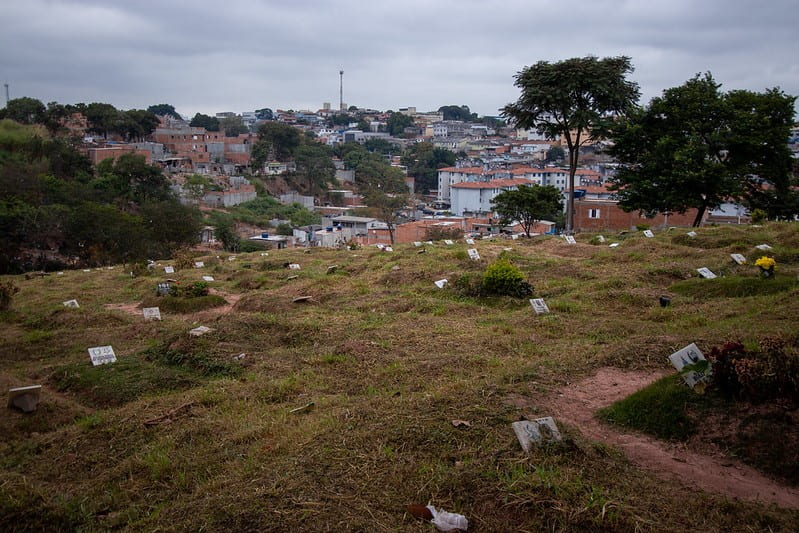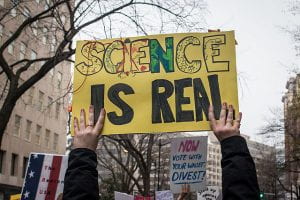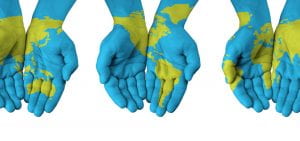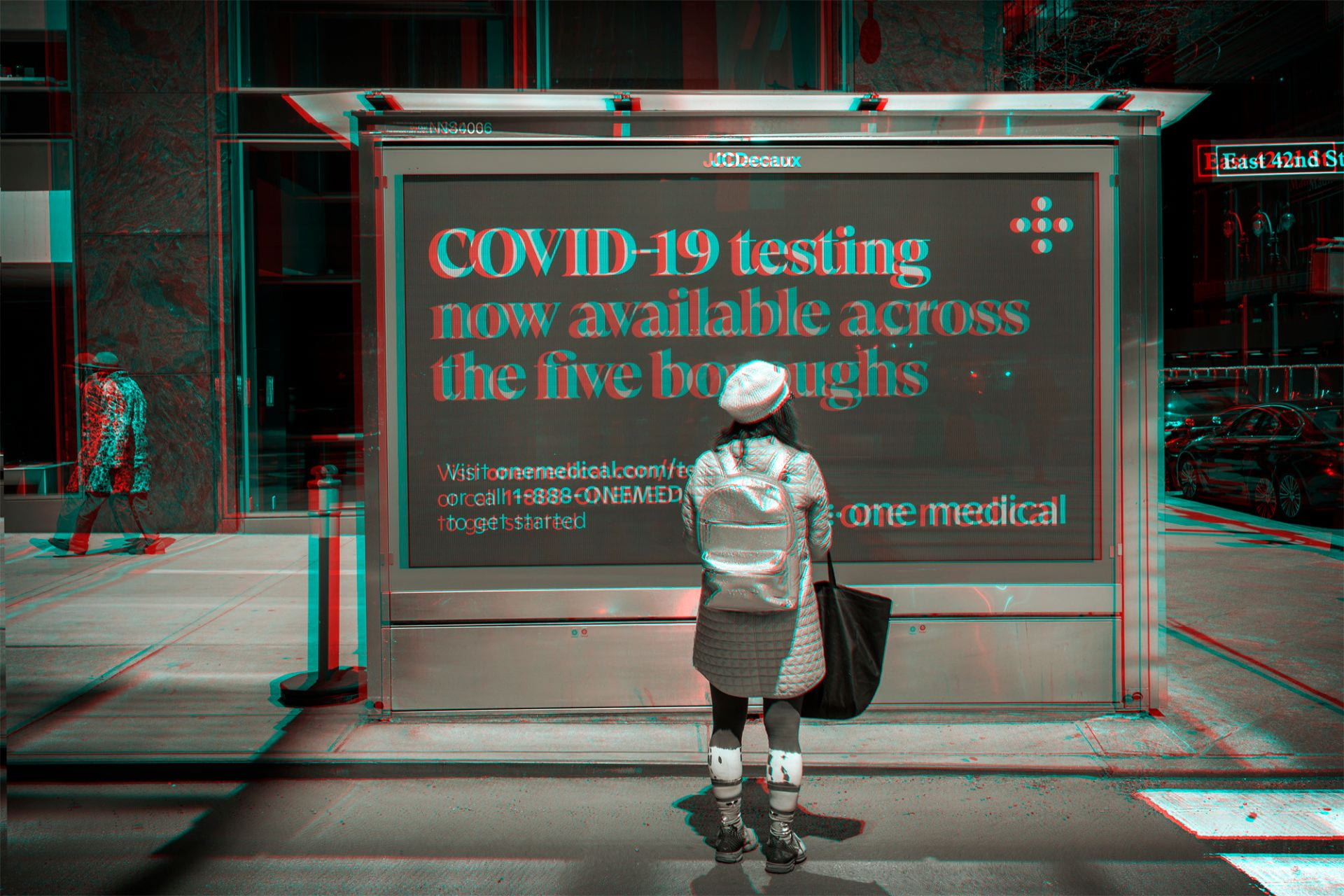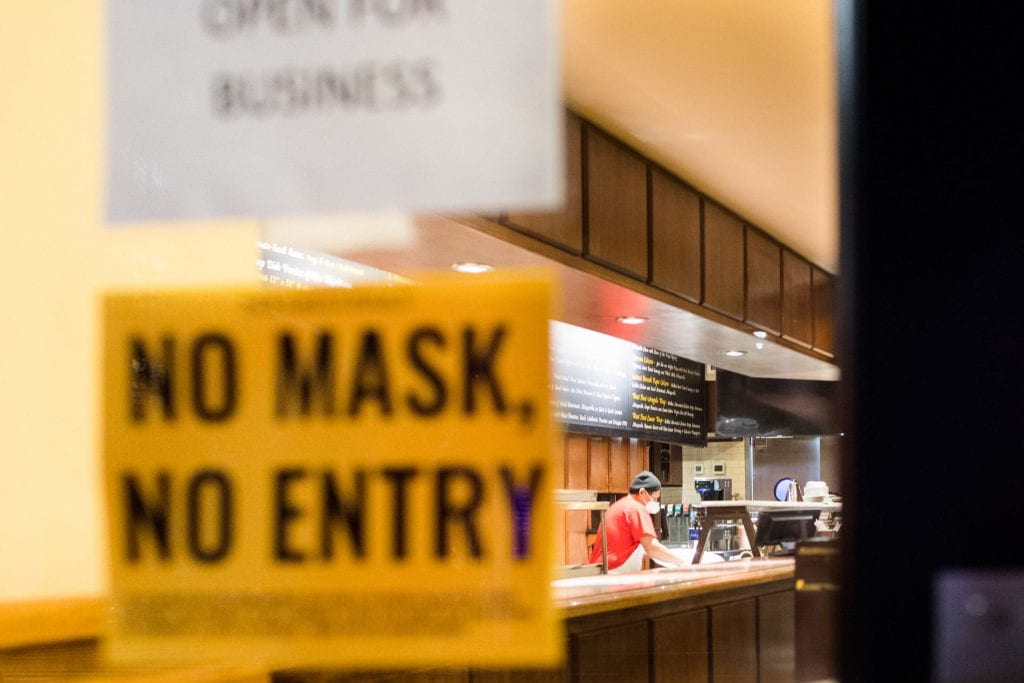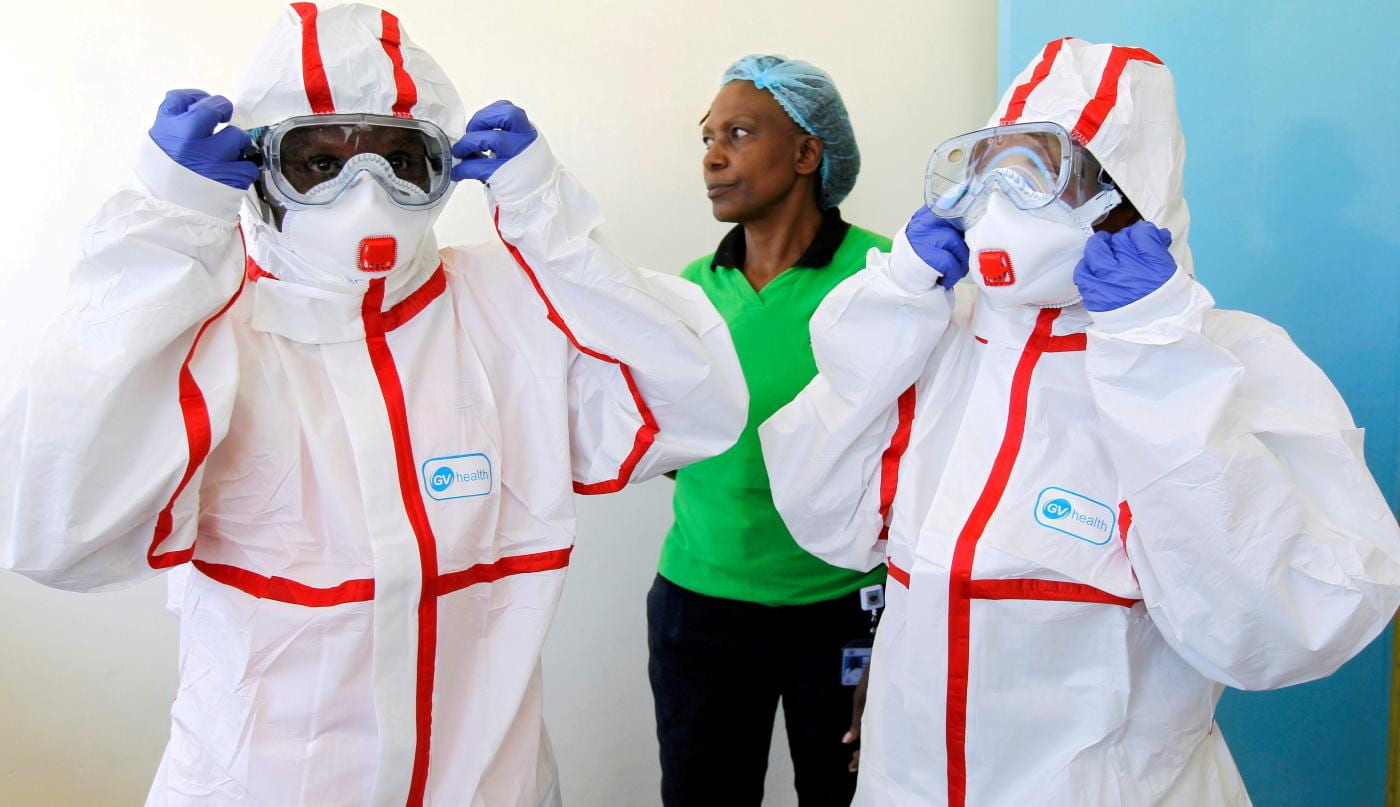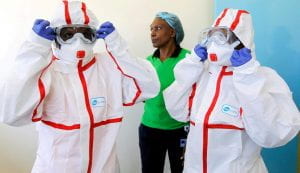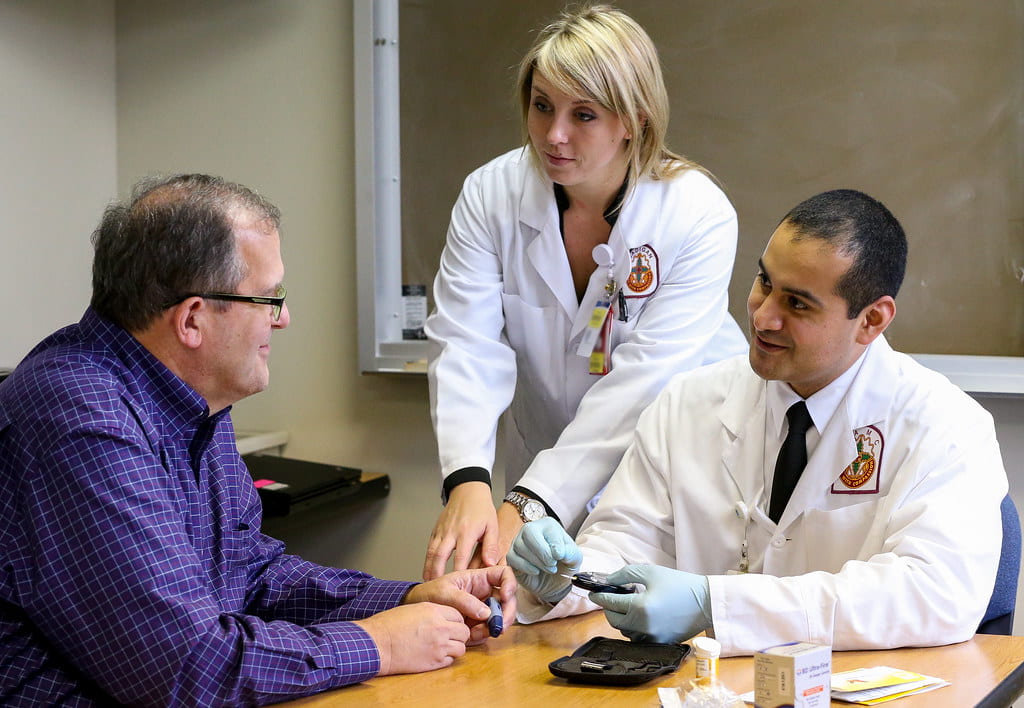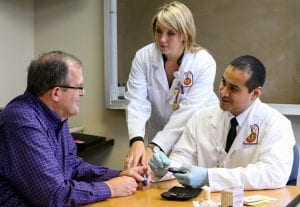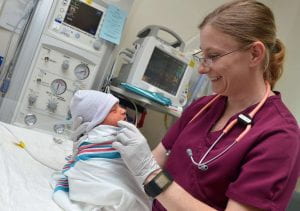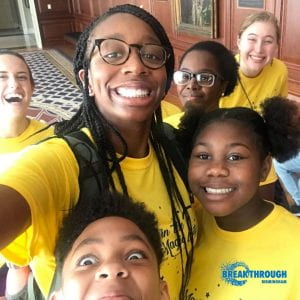
Over the summer, I had the opportunity to talk to Breakthrough Birmingham students about human rights. Breakthrough Birmingham is an affiliate of the Breakthrough Collaborative, an educational program in which college students from across the U.S. teach high school students in traditionally underrepresented communities in an effort to reverse educational inequity and help students achieve post-secondary success. This summer, Breakthrough went fully virtual, and although this had its challenges, I was amazed at how successfully the leadership pivoted and stayed committed to providing quality education for the students. During our time together, the students and I talked about what human rights are and different examples of human rights violations, particularly those related to the COVID-19 pandemic and anti-Black police brutality and injustice. As part of our class, I invited students to write for the IHR blog, to reflect on how the duel pandemics of Covid and racial injustice are impacting their lives and what they hope to see happen in the future. While the conversation rages over how to resolve these crises, the voices of our nation’s young people are often lost in the noise. But they are certainly an important part of this conversation, as they will inherit the world that we leave them and be left with either a huge mess to clean up or a legacy of progress to carry forward. I wanted to share two essays from Breakthrough students Jeremy and Charles.
Jeremy*
One day I was in school learning like normal, then bam! The world suddenly changed. I am going to be talking about Covid-19, aka coronavirus. It is very important to talk about this because people are dying daily and more and more families are suffering from the recovery of their losses. It is impacting how stores handle things and how we make money. Personally, I am uncomfortable with this situation going on, and I do not like it at all. It is really bad for me and everyone else on this planet. It is boring having to stay inside my home for an extended amount of time. When Covid first arrived I was actually excited that I was able to stay home. After a while though it started getting really boring, now I want to go back to school to see my friends.
I have mixed emotions about this. Like I said earlier staying home was great! I was all happy and joyful that I was able to stay home and sleep in as much as I wanted. Now I am just waiting until I can escape and go to school like normal!
In the world today, there are a lot of changes I want to happen. First of all, there is a lot going on while in quarantine. All the violence, Kanye West running for president, the “Karens,” aka the people who refuse to wear masks because of their president’s orders, and the other stuff that shouldn’t be allowed to happen. I think there are a lot of ways we can make this change. For example, the Black Lives Matter protests are attempting to make positive change.
The schools are already helping us students make that change, by sending quizzes on if we should go back to school, rotate days, or just do virtual learning. I think I could have my family go out more to make the experience more normal.
After all this mess going on I would like to just say this, don’t worry! I know a lot is going on right now, and it is just messy all around, but we will get through this! It will definitely be over soon, but it will still feel like it is lasting forever. If you know what I mean. Staying positive during this pandemic is key. I always like to stay as positive as possible. Just like any other person, I have experienced things that shouldn’t be happening on a daily basis! On the bright side, this whole situation does make me feel thankful and alive because I am able to spend more quality time with my family.
The pandemic has made me feel like I can handle that anything comes my way. This is not always the case though. Everyone in the world may feel strong, prepared, ready, but who can tell us what’s coming? This really tells us how anything can happen with just a snap of the finger! From sunny skies to dark clouds and thunder. From daily life to Covid-19.
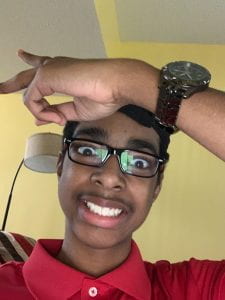
*Jeremy will be attending Ramsey High School, and his favorite subject is science. His hobbies include walking his dog, riding his bike, building houses online, and conducting science experiments. He aspires to be an architect, and when asked what inspires him, he notes, “New construction inspires me.”
Charles**
Many people are affected by anti-Black police brutality. Many people are killed due to this, particularly, George Floyd’s death, which was recently in the spotlight. Anti-Black police brutality does not just stop there. Celebrities, such as Jay Pharaoh, have faced police brutality because of the color of their skin. This topic is important because this is an ongoing problem that needs to be stopped. I understand what it is like to have friends and family who are police officers, but we still need to hold them accountable.
I feel distraught every time that I think about police brutality. I have to face the thought of being a victim of police brutality. It makes it harder now because everywhere I go I’m scared that I might be beaten by the police. It does not get any easier. Now the thought of driving is becoming a reality, and that idea fills me with fear. My mom for instance constantly talks about how to approach an officer if I were ever stopped. This is a thing that most African American parents talk about or should talk about with their kids.This is important to me because I cannot predict if I will or will not be one of those victims of police brutality.
My experience with this topic is hearing about people being beaten by the cops. Also, I have recently seen these things in the media. I’ve had experiences in which I, personally, was scared to call the police because I thought I would be the next victim of police brutality. I never had an encounter in which I was beaten by the police, but seeing events like this occur on the news and social media platforms impacts how I see the police force in the United States.
I know that no matter how many protests we assemble, the act of police brutality will never end. As human beings, sometimes we have to make compromises. I think we can solve this problem by making sure police officers swear to not brutalize innocent people based on race. This should be a part of the oath they swear by, and there should be punishments for not complying with this oath. According to a New York Times article, in 2019, 59% of Police-reported uses of force in Minneapolis were used on African Americans. This statistic shows that African Americans are most likely to face police brutality. A DoSomething.org article shows that in New York City in 2018, 88% of police stops involved Black and Latinx people. The article also states that 70% of those who were stopped were completely innocent. I do think that police officers should be held culpable for their actions. These statistics are examples of African Americans being more likely to face police brutality or harassment.
I think that instead of being more accepting of different races and cultures white Americans are being more hateful towards minorities, especially Black people. The ongoing anti-Black police brutality has made me grow more furious each and every day. Systemic racism and politicians lead white people to misinterpret the reality of life as Black people in America. White Americans should use their privilege to educate themselves and use their voices to advocate with Black people instead of using their voices for ignorance. Rather than learning new Tik Tok dances or trying to go viral, people should utilize their voice and the endless resources available to educate themselves and their followers on the history and present state of our nation.

** Charles will be attending Ramsey High School, and he likes all of his classes, especially science. His hobbies include reading and poetry. He aspires to be an entrepreneur, and when asked what inspires him, he mentions his parents and “knowing he can put his all and mind into anything he wants to achieve.”
